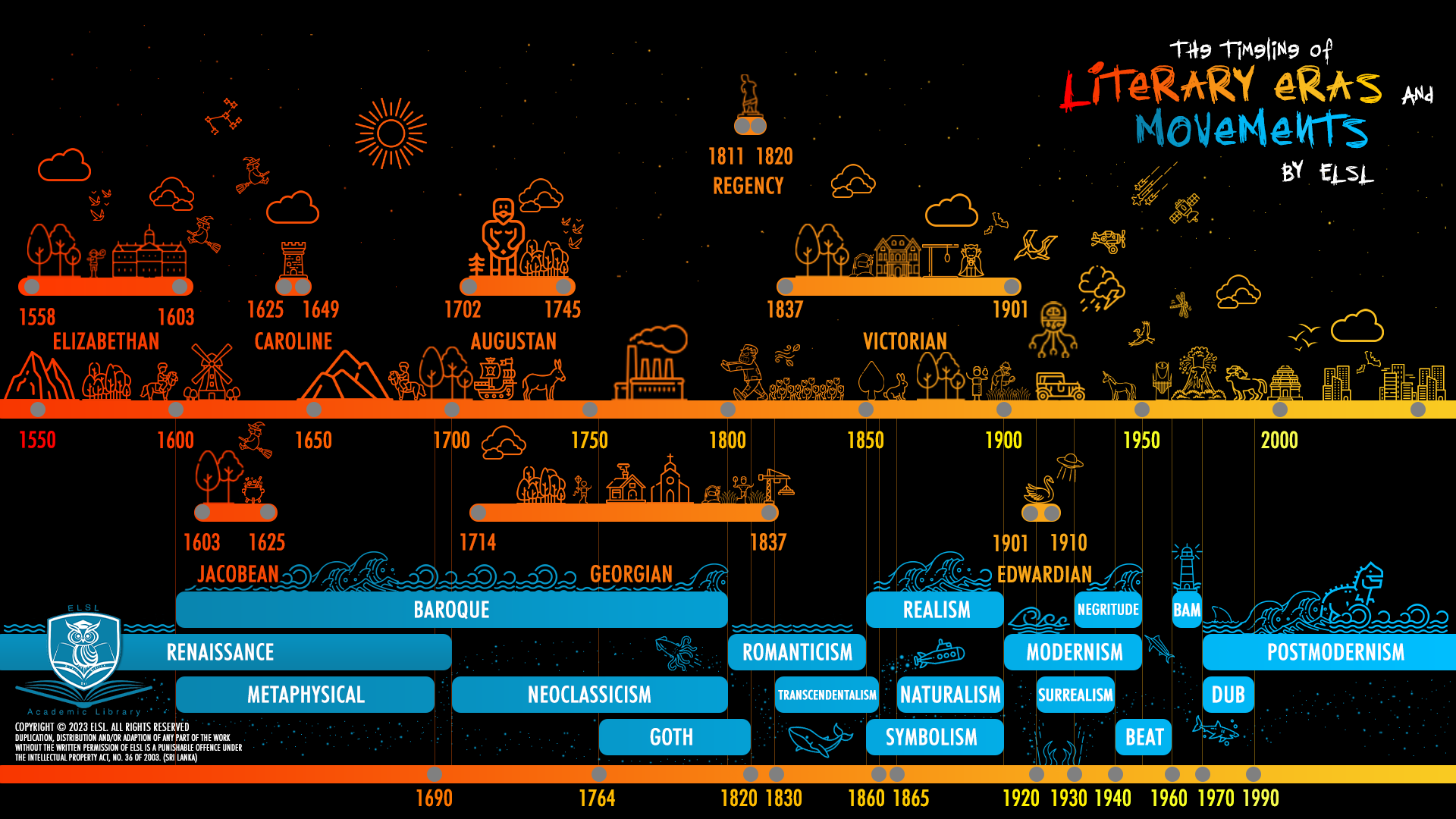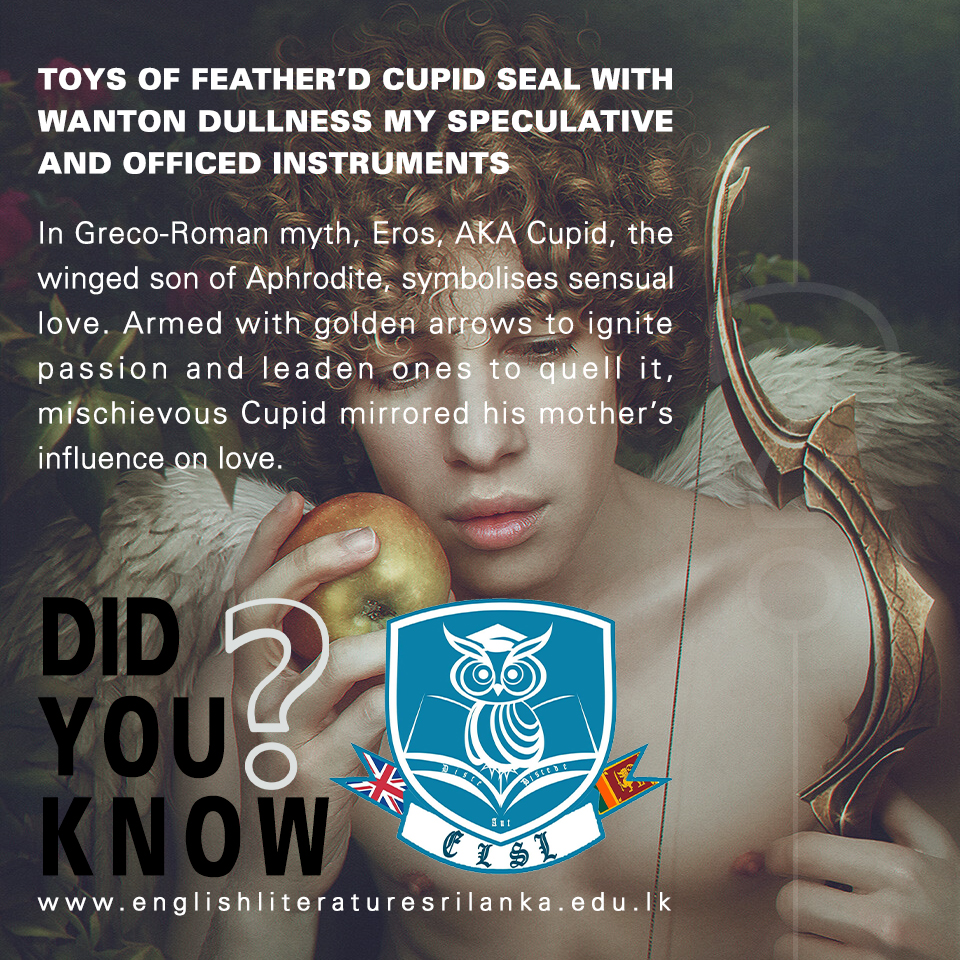Featured Literary Device
Imagine you’re an artist. But instead of paint, your palette holds various literary tools, each adding a unique shade to your narrative canvas. Among these instruments, one powerful yet delicately nuanced tool is metonymy.
In the simplest of terms, metonymy is a figure of speech where something is referred to by the name of its associated part or idea rather than its original name. It’s like saying “the crown” when we’re referring to a monarch or royalty. Here, the ‘crown’ is closely associated with the idea of monarchy but isn’t literally ‘the king or queen.’ This literary device offers a way to add depth and subtlety to language, fostering a more engaging and thoughtful conversation between the text and the reader.
For instance, let’s consider this sentence: “The White House will issue a statement shortly.” Now, the “White House” itself can’t make decisions or issue statements. But here, it stands for the U.S. administration, which is based in the White House. Thus, the term ‘White House’ acts as a metonymy, representing not just the presidential residence but the entire American administration.
PAST PAPERS
2023
2022
2021
2020
2019
MARKING SCHEMES
2022
2021
2020
2019

SYLLABUS
POETRY
- The Chimney Sweeper – William Blake
- Animal Crackers – Richard de Zoysa
- Design – Robert Frost
- Go and Catch a Falling Star – John Donne
- Fisherman mourned by his wife – Patrick Fernando
- To a Snowdrop – William Wordsworth
- Sonnet 141 – Shakespeare
- Remember – Christina Rossetti
- Extract from Canto 3 – (Lines 128 -160) – Alexander Pope
- To the Memory of Mr. Oldham – John Dryden
- An Introduction – Kamala Das
- Money – Philip Larkin
- Sonnet 73 – William Shakespeare
- Spring and Fall – Gerard Manley Hopkins
- An Unknown Girl – Moniza Alvi
- Suicide in the Trenches – Siegfried Sassoon
- Phenomenal Woman – Maya Angelou
- Explosion – Vivimarie Vanderpoorten
- A Slumber did my Spirit Seal – William Wordsworth
- Batter my Heart – John Donne
- Among School Children – W.B. Yeats
- The Cathedral Builders – John Ormond
- Morning at the Window – T.S. Eliot
- Ode to a Nightingale – John Keats
SHORT STORY
- Action and Reaction – Chitra Fernando
- Cat in the Rain – Ernest Hemingway
- Eveline – James Joyce
- Interpreter of Maladies – Jhumpa Lahiri
- Everyday Use – Alice Walker
- The Thing around your Neck – Chimamanda Adichie
DRAMA
- Othello – William Shakespeare
- The Tempest – William Shakespeare
- The Dumb Waiter – Harold Pinter
- Sizwe Bansi is Dead – Athol Fugard
NOVEL
- July’s People – Nadine Gordimer
- Tess of the d’Urbervilles – Thomas Hardy
- The Remains of the Day – Kazuo Ishiguro
- Nectar in a Sieve – Kamala Markandaya
TEXT BOOKS
Introducing the G.C.E. A/L English Anthology of Poetry, the essential prescribed textbook for students. Within these pages lies a treasury of English poetry, a gateway to profound literary exploration. Embark on a journey through the ages, where words become windows into the human experience and the art of expression.
Introducing the prescribed short story collection for G.C.E. A/L English students, issued by the National Institute of Education. Delve into a world of narrative wonders, where every tale is a portal to diverse experiences and literary brilliance. These carefully selected stories are your companions on a captivating journey through the realms of storytelling artistry.
Step into the world of jealousy, manipulation, and tragedy in Shakespeare’s timeless masterpiece, ‘Othello.’ This gripping tale explores the destructive power of suspicion as it unravels the lives of its characters. Join Othello, Iago, and Desdemona on a journey through love, betrayal, and ultimate despair.
Enter a world of tension and suspense in Harold Pinter’s ‘The Dumb Waiter.’ Two hitmen, Ben and Gus, await their next assignment in a mysterious basement. As the tension mounts, secrets are revealed, and their lives hang in the balance. A gripping exploration of paranoia and existential uncertainty
Escape to rural India in Kamala Markandaya’s ‘Nectar in a Sieve.’ Follow the poignant journey of Rukmani, a resilient woman, as she grapples with the challenges of poverty, family, and a changing world. This evocative novel paints a vivid portrait of hope and perseverance amid adversity.
Venture into the heart of apartheid-era South Africa in Athol Fugard’s ‘Sizwe Banzi Is Dead.’ This powerful drama delves into the struggle for identity and survival as two men navigate a world filled with oppression and bureaucracy. A thought-provoking exploration of the human spirit in the face of adversity.
Embark on a fantastical voyage to an enchanted island in William Shakespeare’s ‘The Tempest.’ Join the exiled sorcerer Prospero as he wields magic, confronts his enemies, and orchestrates a tale of forgiveness and redemption. This timeless play explores themes of power, forgiveness, and the resilience of the human spirit.
Journey into the heart of apartheid-era South Africa with Nadine Gordimer’s ‘July’s People.’ This novel unravels the complex dynamics between a white family and their black servant, July, as they flee to his rural village. In this tense and thought-provoking narrative, societal norms are upended, revealing the harsh realities of racial divisions.
Enter the tragic world of Thomas Hardy’s ‘Tess of the d’Urbervilles.’ Follow the poignant story of Tess Durbeyfield, a young woman from rural England, as she grapples with societal expectations, love, and fate. This classic novel explores themes of innocence, morality, and the unforgiving hand of destiny in Victorian society.
Immerse yourself in the introspective world of Kazuo Ishiguro’s ‘The Remains of the Day.’ Join Stevens, a devoted butler, as he embarks on a nostalgic journey through the English countryside. This elegant and emotionally charged novel delves into themes of duty, regret, and the passage of time, offering a haunting exploration of lost opportunities and unspoken emotions.

DID YOU KNOW?
Eros, also known as cupid, the son of Aphrodite, the intangible essence of love, candid yet mysterious, is a character that holds an ageless charm. Suspended between the realms of mortals and immortals, he is the sculptor of emotions, driving humans and deities alike with his invisible reins.
Clad in wisps of ethereal beauty, Eros, in his childlike, innocent form, navigates through the vast cosmos and the confounding labyrinth of hearts. Beneath his cherubic charm lies the formidable force of passion. Equipped with a quiver of arrows, this benevolent trickster paints the universe in shades of desire and affection.
His magical arrows, made of gold and lead, are the quintessential tools of his grand orchestra of emotions. The golden arrow, shimmering with enchantment and emblazoned by the Sun, is no less than a harbinger of consuming attraction. One strike from this radiant arrow, and the heart becomes a poet’s lyre, serenading the hymns of love, painting the world in shades of rosy dreams and longing whispers.
The lead arrow, humble and unassuming, tarnished in its grey monotones, is a bearer of an entirely different magic. Every sting of its touch sows the seeds of aversion, engendering an inexplicable labyrinth of detachment and echoes of unrequited feelings.
These two arrows, disparate yet together, etch the spectrum of human emotions, a testament to Eros’ profound influence. Each arrow leaving his bow is a verse in the epic saga of love, a saga steeped in joy, pain, laughter, tears, meetings, and separations.
So the next time you find your heart throbbing with newfound affection, or a sudden detached indifference, remember that it might be the handiwork of the mischievous yet lovable Eros, the puppeteer of passions, toying with his gold and lead arrows.
RESOURCES
LESSONS
READ
Ernest Hemingway, an American modernist writer, introduced the Iceberg Theory of Writing. His works merge real people with symbolic language, minimalism, and repetition to depict the struggles of the modern man shaped by war. Hemingway's style features short sentences, polysyndeton, and stichomythia, engaging readers and enhancing storytelling.
READ
John Donne's "Go and Catch a Falling Star" is a thought-provoking poem that delves into the transient nature of love and the challenges of capturing it. Through vivid imagery and sharp wit, Donne questions the feasibility of finding enduring love, setting the stage for a deeper analysis of the poem's themes and literary techniques.
READ
William Blake's "The Chimney Sweeper" offers a poignant reflection on child labour during the Industrial Revolution. In this analysis, we explore how Blake employs innocence as a central theme, juxtaposing the grim reality of young sweepers with their hopeful dreams. Through his vivid portrayal and symbolic language, Blake unveils a powerful social critique.
